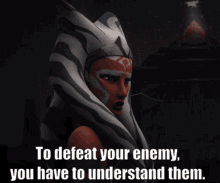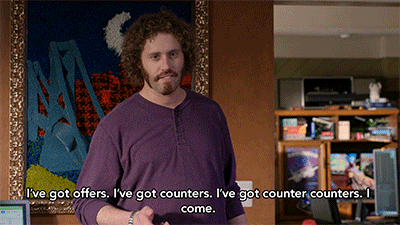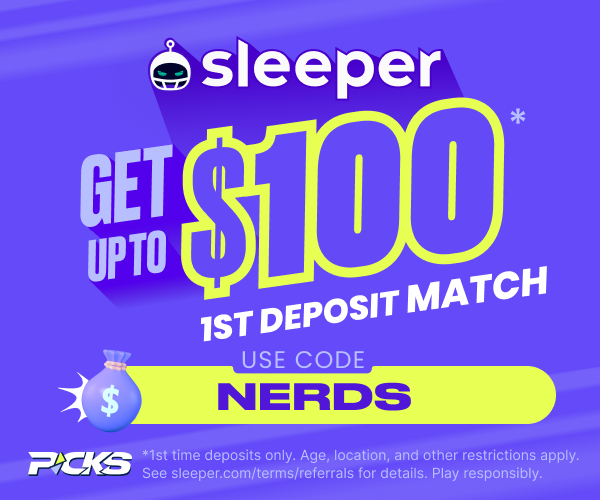If you’ve followed along with the ITD series so far, I hope it’s been helpful in kicking off your dynasty career or deepening your game. We’re here to help you win, whatever your current experience.
If you missed the other articles, here they are:
https://www.dynastynerds.com/intro-to-dynasty-ff-vol-1-the-basics/
https://www.dynastynerds.com/intro-to-dynasty-vol-2-the-startup/
This time out, we’re talking all things trades. This one’s a guide to getting trades done effectively- if you’re looking for strategies as to how you should be building out your team or rebuilding, try Vol 4!
Let’s go!
Why Trade?
Well, most dynasty players will tell you that trading is key to winning. In fact, here’s a poll I ran a while back:
Ok, dynasty peoples. I need your help!
— FFBallerEK 🦾🤖🦾 (@ekballer) September 13, 2020
How important is trading to building a dynasty champion?
Sure, some players succeed without relying on trades. And most active traders, myself included, have plenty of cautionary tales about trades gone wrong. But most dynasties are built through trades.
In redraft, shorter benches, an active waiver wire, and generally balanced teams all swimming in the same direction make trades much harder to pull off and less of a necessity.
In dynasty, deep benches make finding useful waiver additions rare, and the variety of team builds and play strategies makes trading much more viable.
Trade With Purpose
Please, don’t take this emphasis on trading as a cornerstone of dynasty building as meaning you should trade “just to trade.”
Rule One of trading: trade to improve your team, always. Trade with a goal. Don’t trade just because you’re bored, someone else wants you to, or you feel like you should. At least, make sure you’re following Rule One when you do so.
There’s a lot of different ways you can try to improve your team through trades, and it’s not going to look the same for every team. If that doesn’t make sense, take a look back at ITD Volume 4; different teams should have different goals, depending on team composition and assets available.
Here’s some of the types of trades you may want to take a look at:
Trading to add production. The most obvious of moves. Here you’re trading to add production to your team, be it a vet or a high-scoring young player.

Trading to acquire a rising or undervalued asset. Here, you’re trying to acquire a player that you think is going to rise in value. This may be a “buy low” or a “buy high.”
Trade away a depreciating asset. The opposite of the previous trade, here, you’re trying to move on from an asset before it loses value. This could be your 25-year-old running back, a soon-to-be free agent, or a guy about to lose his job to the draft.
Trade to meet your team’s needs. You may be trading to fill a gap at a specific position or a need for depth.
Trade to get younger. A savvy dynasty player may try to trade an older asset for a comparable asset with less tread on the tires.
Trade to take advantage of relative value discrepancies. You may be trading to acquire a player that you’re higher on than the trade partner or trading the other party a player that they are higher on than you are. Great win-wins are made from understanding the valuations of your league-mates.
Trade to accrue value while meeting a leaguemate’s needs. Here, you’re trying to pick up some value- extra picks, youth, etc.- by helping a teammate fill a roster hole of their own. This can be a nice win-win trade scenario.
This isn’t a comprehensive list, but it may give you some ideas to work from when trying to put together trade offers in your league.
What Does A Win Look Like For You?
Remember, “winning” a trade is relative to your team and your goals. I don’t care if a trade calculator or a Twitter poll says you won or lost- did you make your team better? Did it get you closer to winning the ‘ship? Or, if you’re rebuilding, did it set you up better for next year?
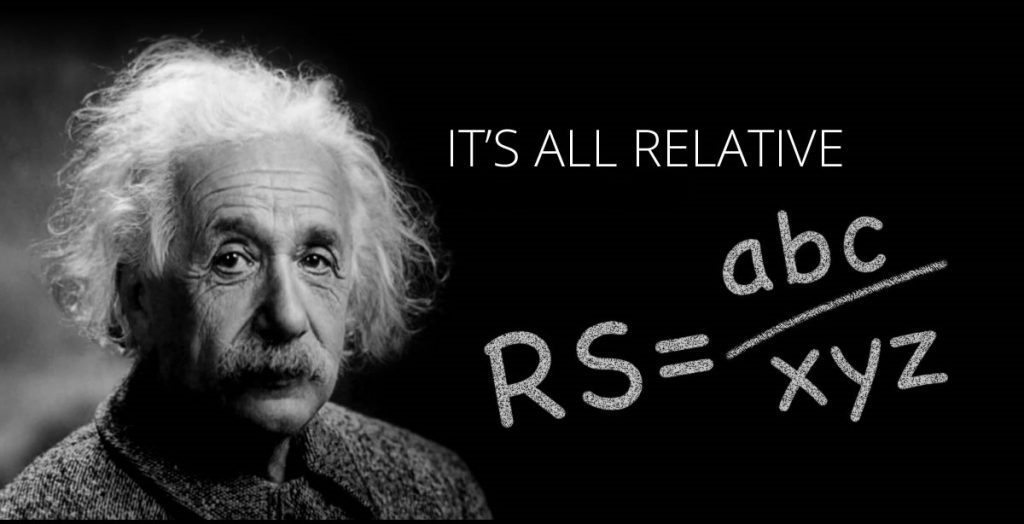
Get what you need out of the trade for your team. Don’t worry about “winning” or “losing.” Know your values, and get what your assets are worth, but improving your team is more important than winning trades.
You Don’t Know Until You Ask
The surest way to not get a deal done is not to try. I’ve landed many deals that helped my teams by just throwing out a variety of offers with one or more of the above goals in mind.
Send out a trade offer every week- you never know what you’ll get. And if someone offers you a trade, it’s worth it to counter, along with an explanation so they get where you’re coming from.
Jim Willis
You may be much higher on a player than a teammate or much lower. You may be able to hit on win-win trades that you wouldn’t accept in the other direction just by feeling out values and finding a spot that works for both teams.
Cultivating Trade Partners
Trading in dynasty isn’t about trying to get one over or savage your league mates. Hopefully, you’re in these leagues for the long run. If you’re smashing league mates with lopsided trades, or spamming trash offers, people aren’t going to be excited to trade with you.
I have been playing fantasy football for 33 years, and I can’t stand insulting offers. My brother and college roommate are both salesmen and always talk about Win-Win negotiations in sales. The same should be applied in fantasy offers.
John Laub
It’s typically better to develop relationships with your league mates and cultivate good trade partners. You may find that there are managers in your league that make good trade candidates because you value players differently or have different team builds.
Often you’ll find one or two managers in a league that you can work a lot of deals with. They may be a little more willing to let you win a few if you’re doing the same and if you’re both helping each other solve roster problems as you go.
What Are They Looking For?
Instead of spamming out lowballs for young studs or trying to dump off your old dudes, try seeing what needs the other team has. Are they weak at a position? Did their QB2 just lose his job? How do you make both teams better?
Often a little poking around will give you that information, or you can try a tool like Dynasty Nerds Dynasty GM that will help you see the strengths and weaknesses of the other teams in your league.
If a team is heavily skewed to a win-now build, they’re probably not selling their studs for next-years-picks. They’re more likely to purchase productive vets and sell picks.
If a team is rebuilding, they don’t want to buy your 26-year-old running back for their picks. They’re likely more interested in selling off vets and making draft selections.
Often, cross-positional trades at places of roster need can be winners.
Know Your Leaguemates
I’ve heard more than one smart dynasty veteran suggest to keep notes on your league mate’s tendencies or to keep a log of trades. There’s a lot of information to be gleaned this way, and information, in dynasty, can be powerful.
The human element in all of this is simultaneously the most important and most overlooked aspect. Establishing good relationships and rapport with league mates is crucial for the sustainability of any league.
-Sam Wallace
Even if you’re not that diligent about it, some basic observations should be useful. I tend to see patterns in many of my leaguemates, and sometimes this helps you find win-win trades that help you but make them happy as well.
Here’s some types to look out for:
- The pick hoarder, who will buy all your rookie picks
- The youth chaser, who only likes rookie and sophomore wide receivers, and happily moves any 26-year-old on their roster
- The veteran discount shopper, who doesn’t care about age or value but is all about production
- The hype chaser, who is always after this year’s big thing and will buy-high
- The value miner, who is always looking to capitalize on perceived buy-lows
- The quitter, who has resigned the season and is looking toward next year
- The homer, who loves players from the team they root for
- The my-guy guy, who has a few players they need to acquire across all their leagues and is willing to pay for them
Trade Etiquette
This may be the single biggest asset in developing good trade partners.
It matters in the sense that u need to understand your opponent. I can navigate either situation more effectively once I have parameters. It’s a main reason why I notebook owners. If I’m dealing w/a known etiquette offender, I go into negotiations prepared w/a different mindset.
-Leo P
As you’ll see in the thread below, it means different things to different players, but there are some fairly universal rules as well.
Does trade etiquette matter? Tell me why in the comments.
— FFBallerEK 🦾🤖🦾 (@ekballer) May 24, 2020
First things first
First, don’t be a jerk. Don’t try to talk someone into seeing your way, call them names, tell them they’re wrong or bad at evaluating values. It’s not going to help.
It’s a lot easier to get somewhere by asking them what they’re looking for and respecting their player values than by being aggressive or abrasive. If your values on a trade are far apart, it’s not going to happen; just move on.
It’s as critical to the trade as the actual components. If I don’t like you, I’m going to try and fleece you, whereas if you get on well, there’s wriggle room. And if I like you, you will always be one of my first port of calls on future trades.
-ScottishFFB
And another thing
Second, responding to inquiries, making counters, or giving some thought with a rejection are typically appreciated and often help get future deals done. It’ll help your league mates better know what you’re looking for and hopefully send you better offers, and vice-versa.
No one loves it when you don’t respond to offers, which may or may not be reasonable. You may be busy or disinterested, but people feel more respected when you’re at least acknowledging the trade offer and rejecting or countering.
Just one last thing
Thirdly, if someone isn’t interested in the player you’re offering, or in selling the guy you want, just leave them alone. Likely, they’re not changing their mind because you want them to. They’re probably not interested in your explanations as to why you’re right, and they’re wrong. That type of behavior comes across as two-bit to experienced players, and it’s not going to make you any friends.
This includes the classic, “but the calculator says!” offer. Calculators can be great tools, but no one that knows what they’re doing is changing their player valuation because you show them a screenshot of someone else’s opinion, and it can be really insulting to try.
Using a trade calculator to force a trade in their favor, and then saying the same calculator is bad when shown a trade that isn’t in their favor… Also coming to me for a player, asking what players of theirs I like, and then asking me to come up with an offer for those guys…
-pilotzach1
Useful Tools
Despite what I’ve said earlier about using trade calcs to make an argument, they can be useful tools for gauging a player’s consensus value or for sorting through the values of a more complex package.
Dynasty Nerds offers a trade calculator as part of the Dynasty GM Tool. There’s also a ton of other awesome functionality; it’s definitely worth trying out.
Dynasty Trade Calculator is another tool with a great rep; it’s also not free.
If you want a free way to get a bead on player values, you can use this startup chart I made as a cheat sheet.
I sketched out rough values for each range of players in the gradient bars. It’s not my rankings. It’s an actual draft board from a startup that I modified for this purpose.
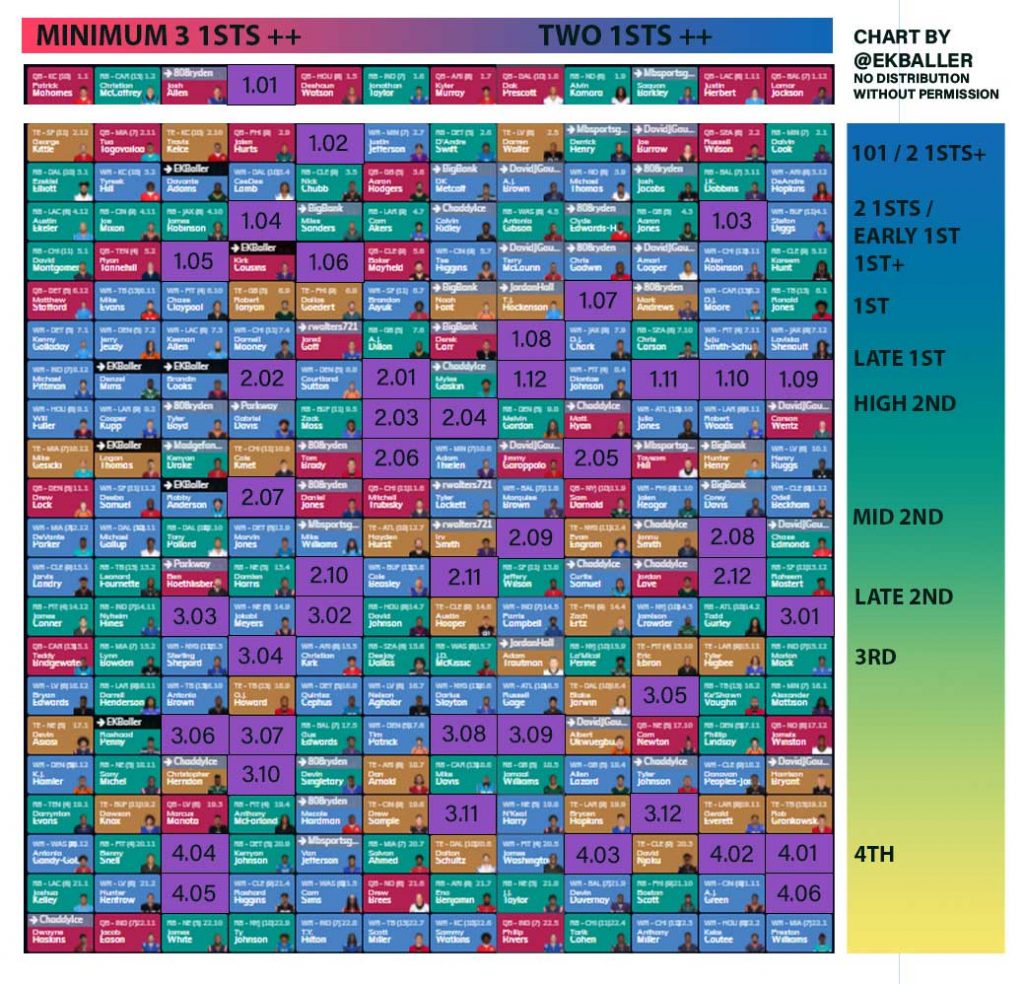
I often find it helpful to think of player values in terms of picks when putting a package together, i.e., this player is worth a 1st, this one is worth a 2nd, and so on. It helps to have a standard currency to equate values to, and it’s easy to swing the difference one way or the other with a 3rd or a throw-in player if needed.
Twitter polls can be helpful as well; you can always get a quick read on the consensus value of a player or players with a few polls. Make sure you’re getting enough of a sample size for it to be representative, though, or you may get bad information.
That’s it for this one, Nerd Herd! Hit me up on Twitter with any questions; I’m happy to retweet questions and polls if it’s helpful.
Did you hear the big news? The Dynasty Nerds youtube channel is up and running. Now you can see the podcast straight from the NerdHQ!! Smash that subscribe button. Sign up for the DynastyGM tool to keep that edge over your league mates. Manage all of your dynasty teams, use the trade calculator, and we just added a player shares tool so you can see all players you roster in one place. Try it here for free.


